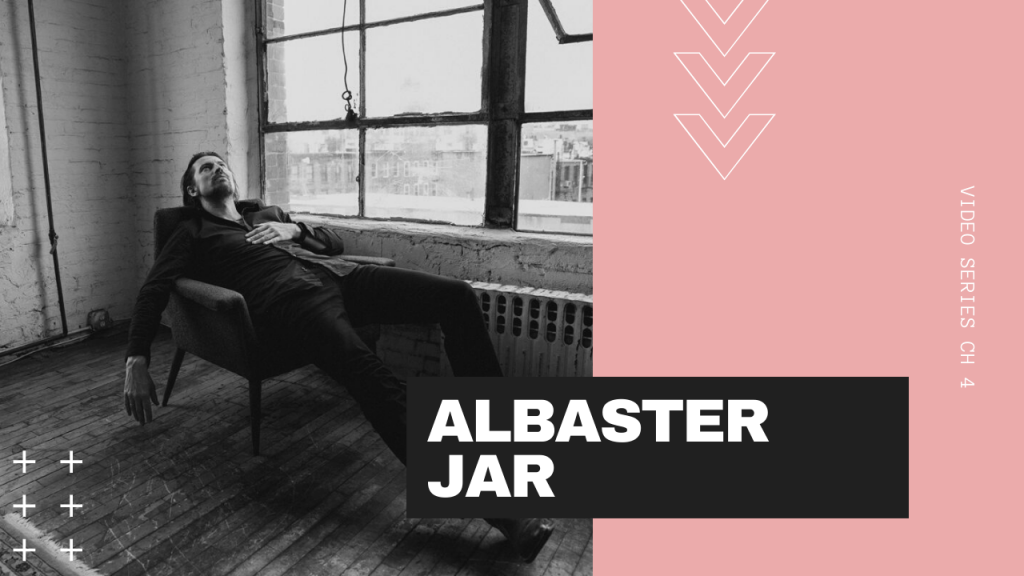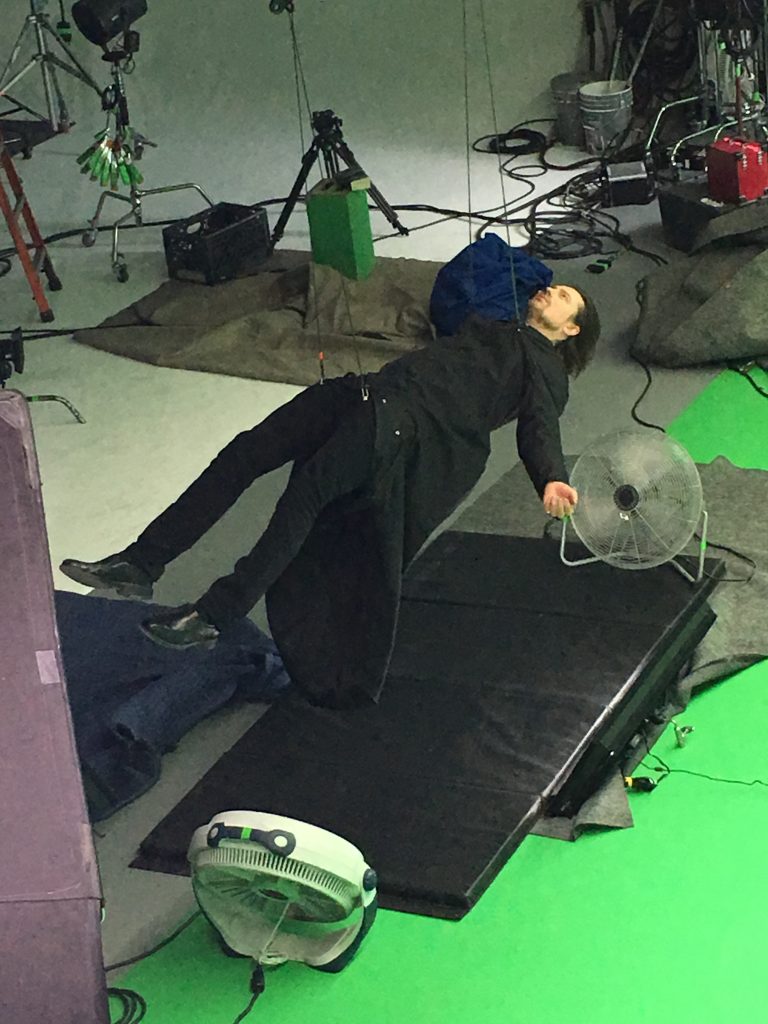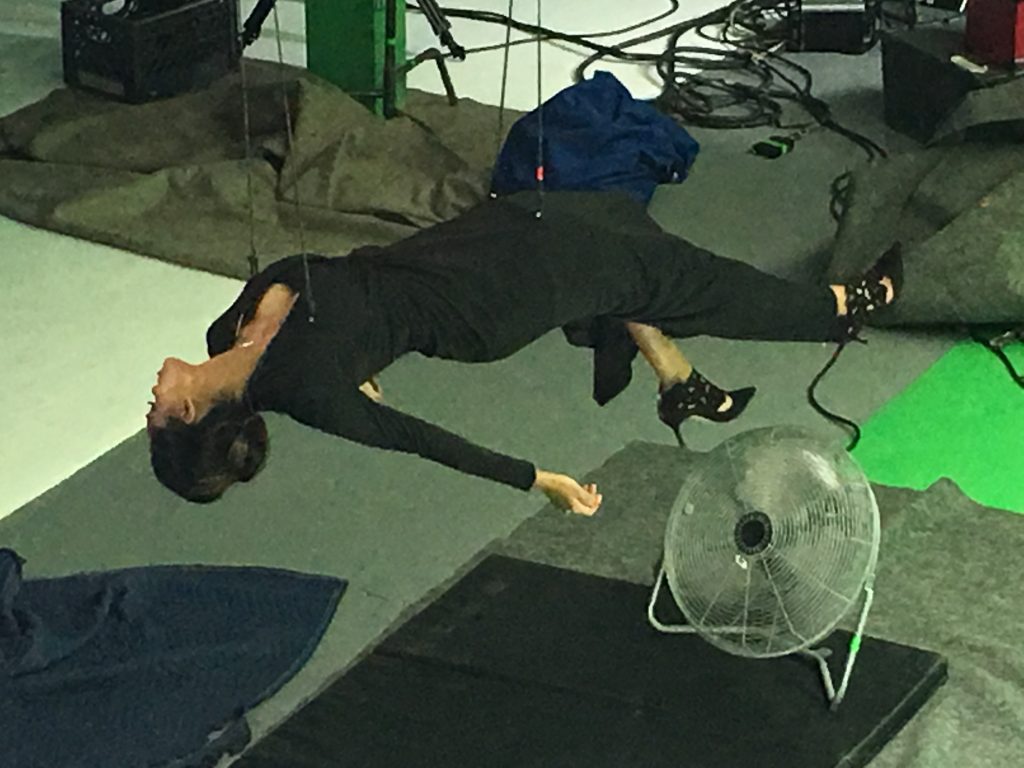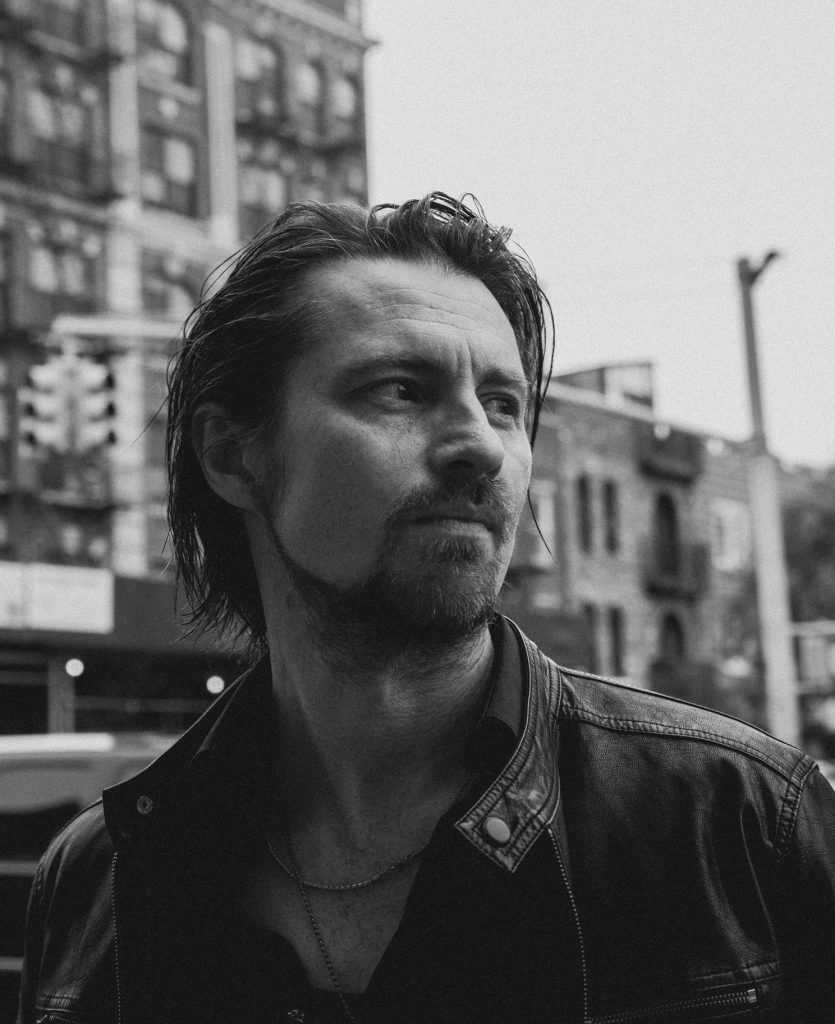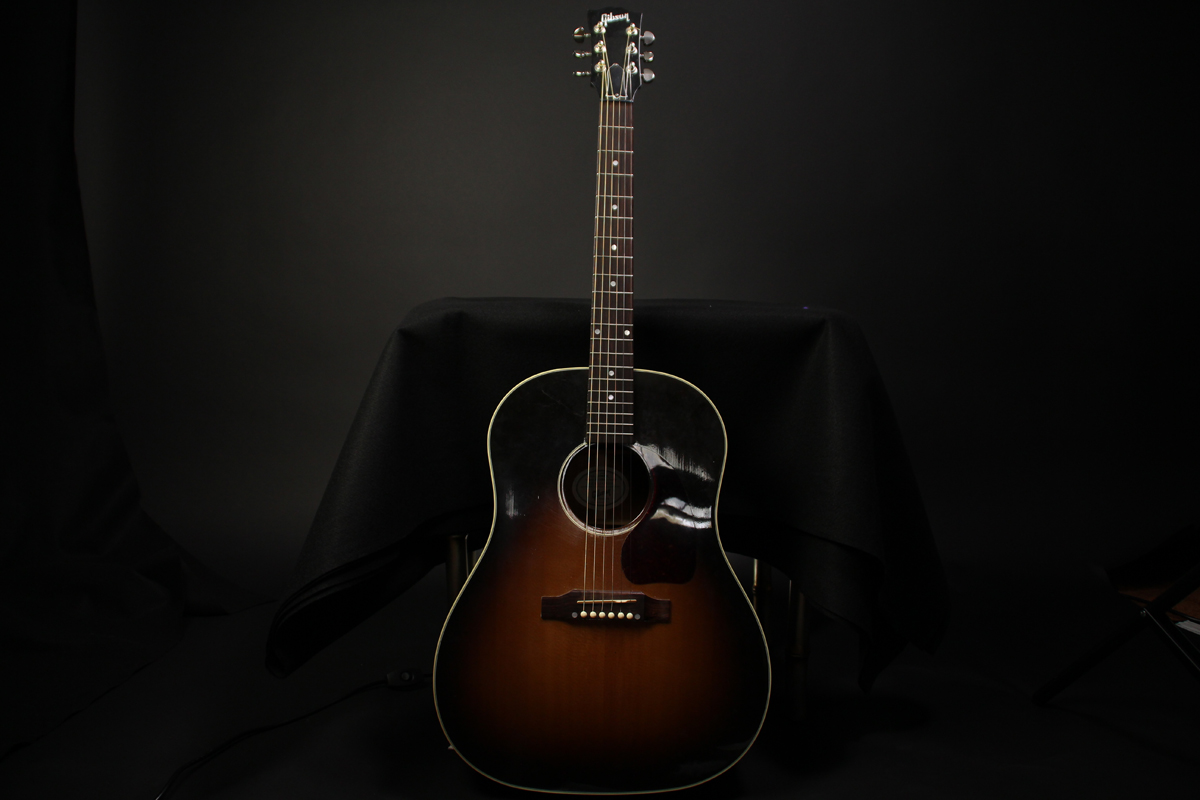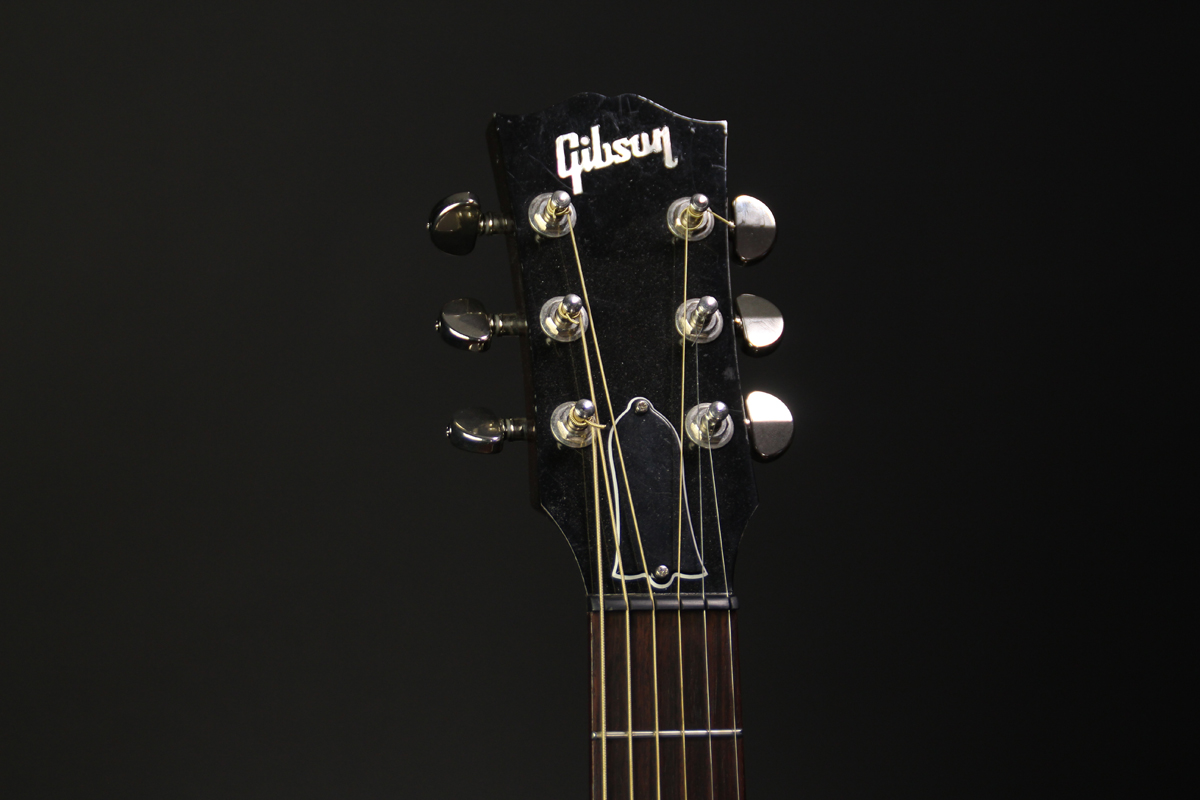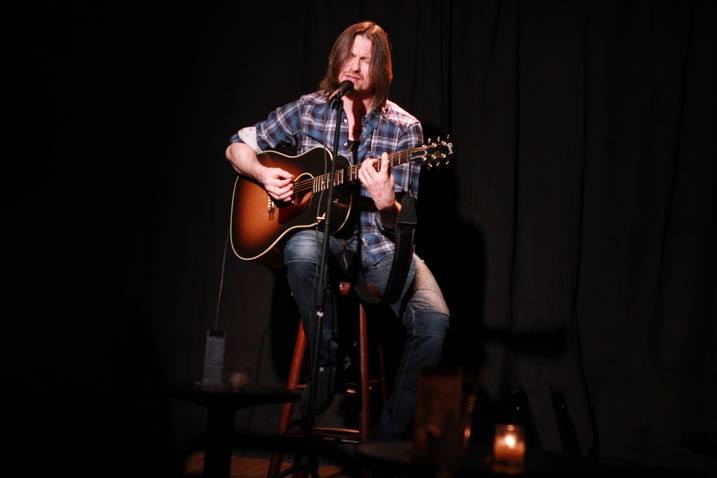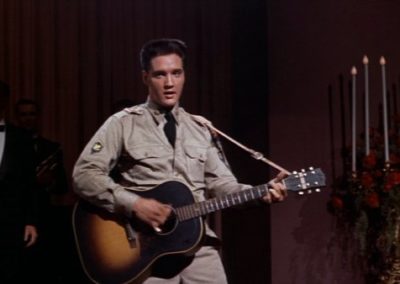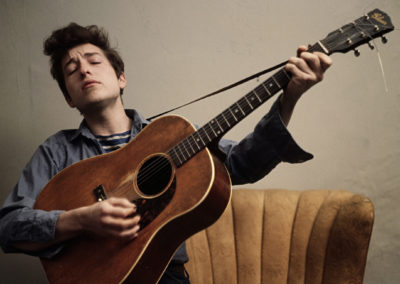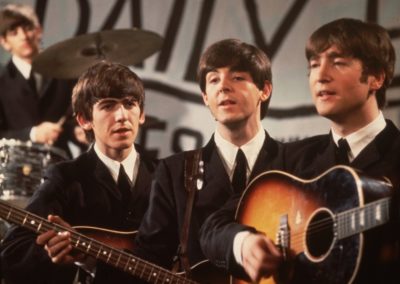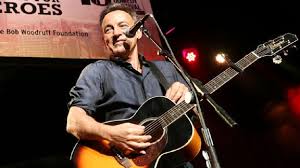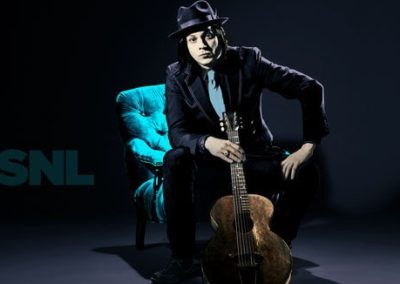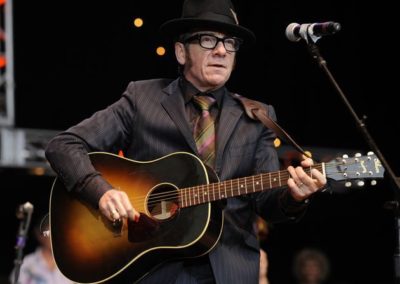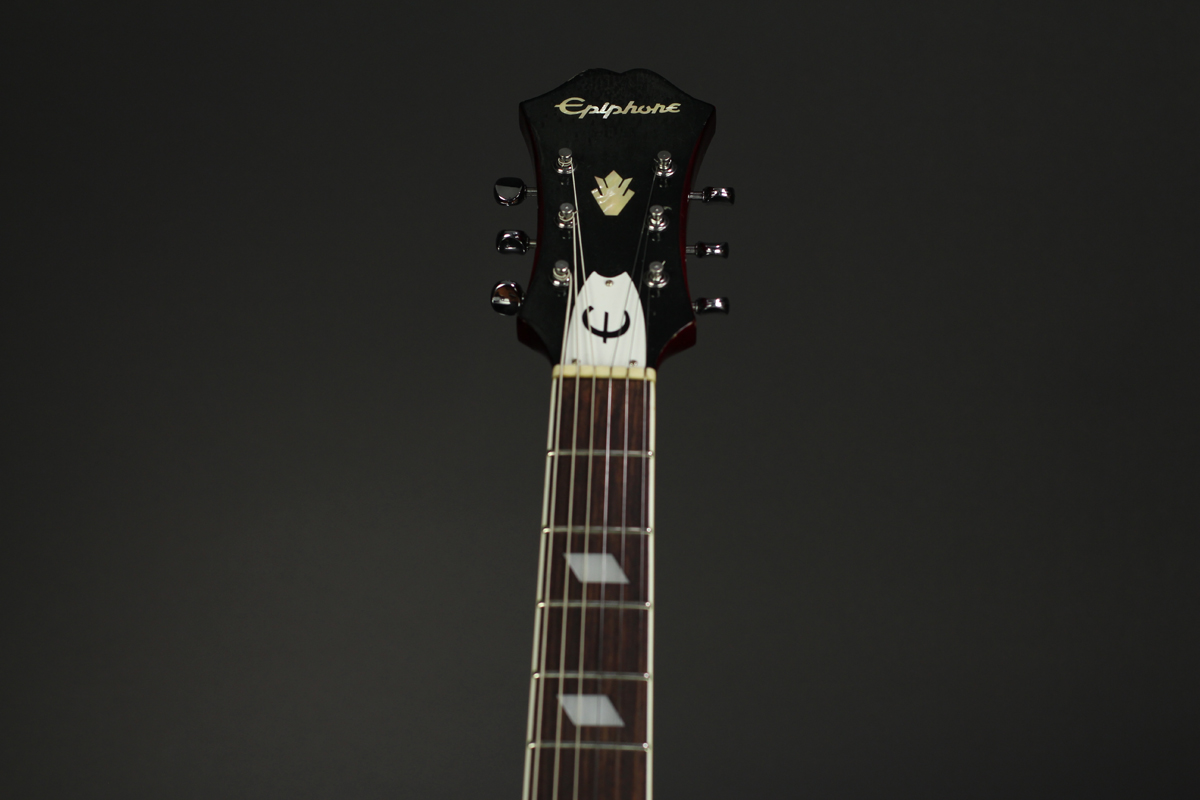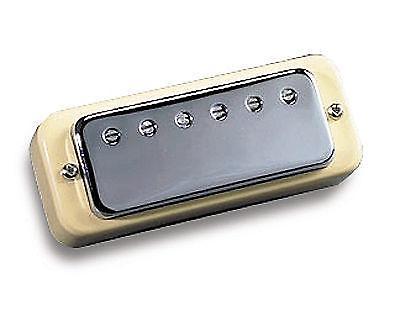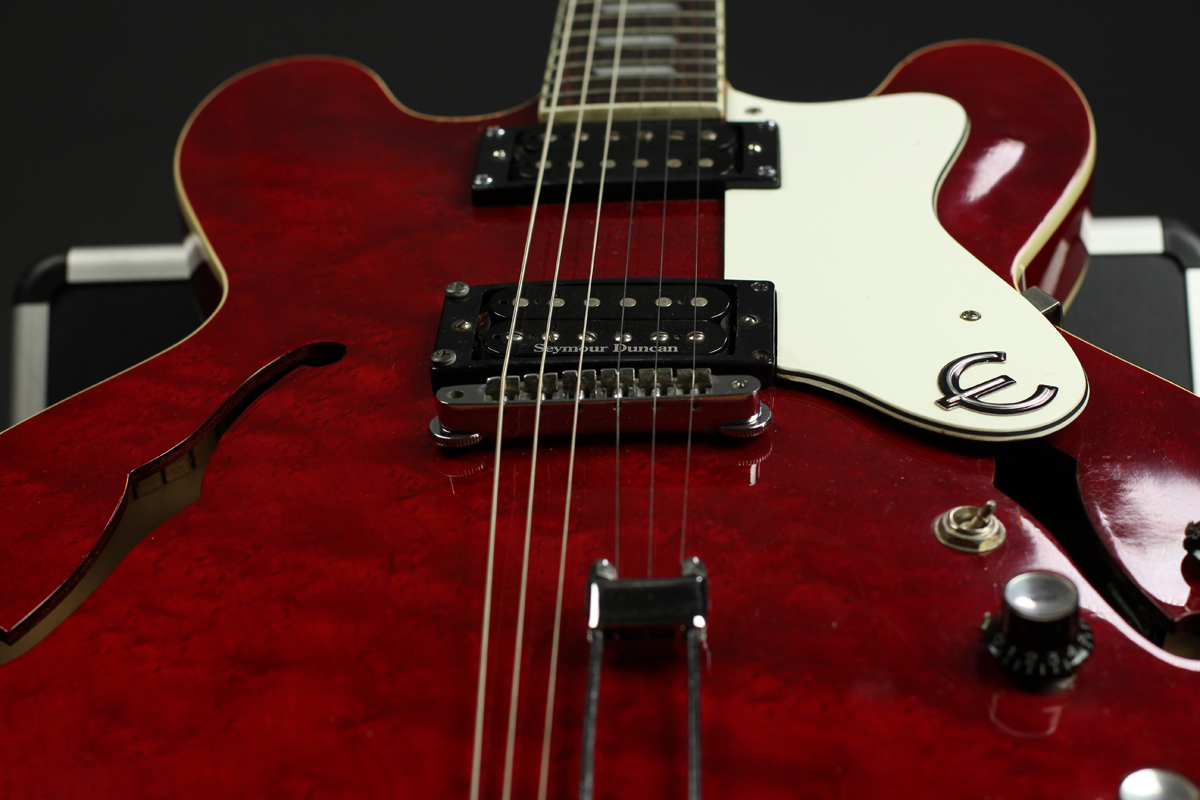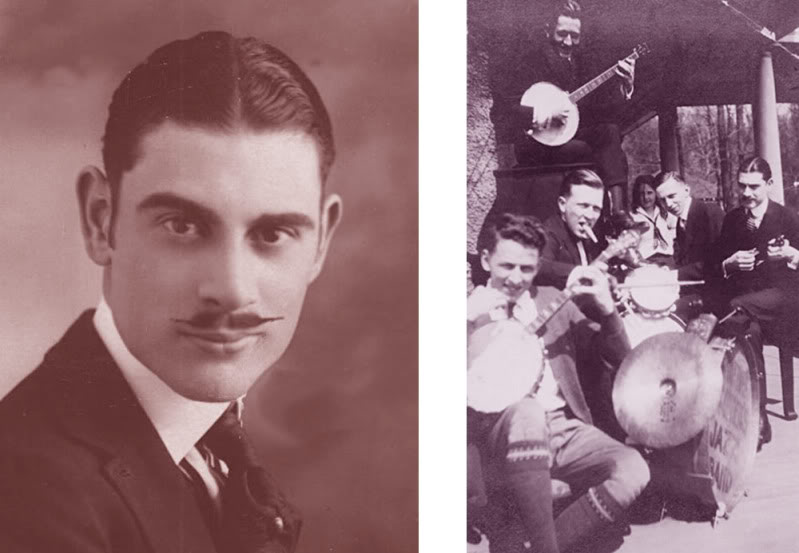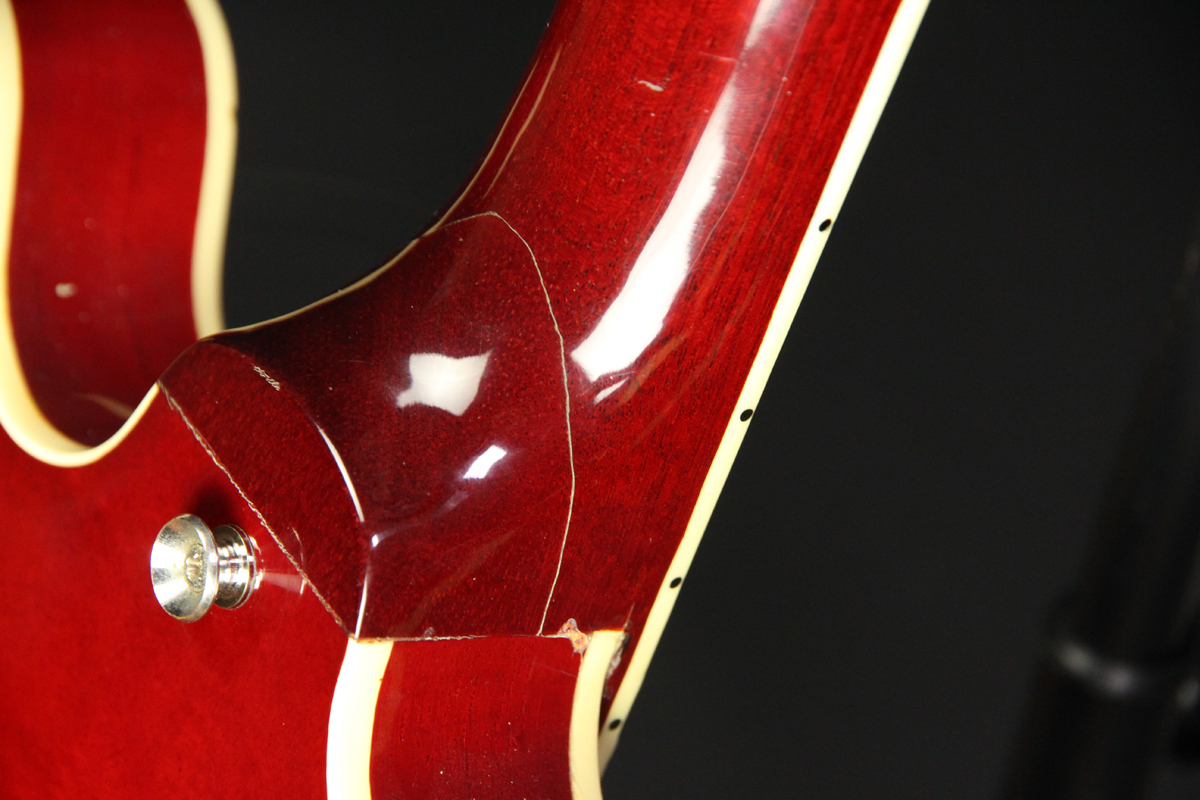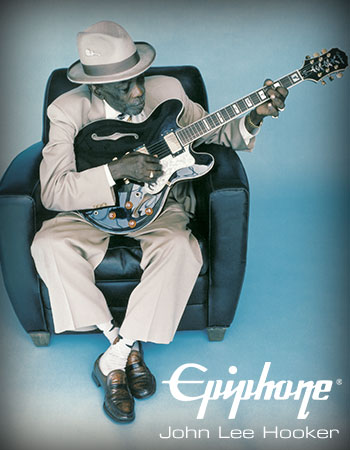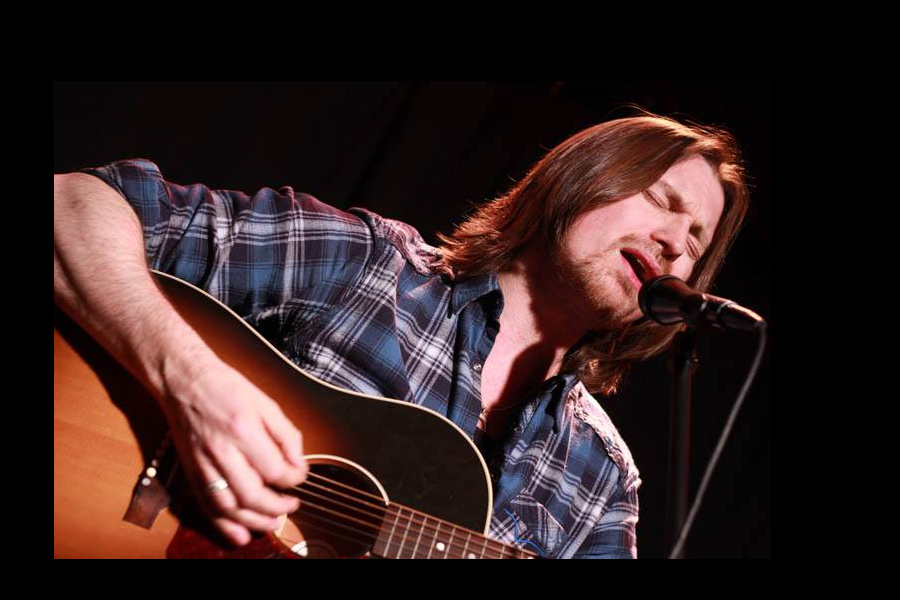4 Alabaster Jar
From the very first song I wrote at the age of 11, the theme of dying has been with me.
I am not scared of death. It really is a second birth. Do you believe in life after birth? That is the question.
The end of this life, which is inevitable, creates a beautiful framework and helps us focus on what is really important: our relationships.

This is a “passing of the mantle” song. It’s written to my children – “you can take whatever you need”.
Nothing is more beautiful and also more painful than our relationships. It is the fabric that weaves us together and gives life meaning, that sets us up for what is to come. In this world we breath air. In the next world we breathe love. And you are what you love. This song is a celebration of this fact.
The waltzy 6/8 rythmic feel of the song is meant to provoke a sense of the “big wheel” spinning, the ongoing fact of life, somthingh that ends for all of us and yet keeps on going. We have a measured time here and what we fill this time with matters.
“Make wise choices. Choose love.”
That is my message to my kids, because “you are what you love”.
Johan Flew us out to Los Angeles where we got to work with a crew fresh off of the Avenger movie. The story has continued on and we are now in the next world which of course involves flying.
This was a new and really cool experience, but I tell you: it was hard on the neck! After a minute or so we were brought down to rest, then brought back up again. Over and over, all three of us. Filiming is first and foremost waiting around.
In the opening scene of this video we see my character lie infront of the very church he tried to run away from. He walks inside only to realize he is no longer a part of this world.
In the next scenes we see little pieces from his earthly life flitter about the character now floating himself, floating among his memories, images out of reach, no longer there other than visions of the past. “You are what you love”.
I really think it is powerful how Johan merges the three characters at the end, and how my character turns to the camera. I get a “how about you” sense from it. What will be your choices? Do you know that “you are what you love”?
And so it concludes this journey. The darkness, hopes, loves and losses all entwined and with us forever.
At the end I hope people have a sense of hope, a sense that nothing is in vain, nothing really goes away, and that our lives are valuable, have deep meaning, and will move on after this earthly life. We go on and continue to live on making our selves and our lives better.
I truly belive this!
The darker tones speaks to the seriousness I feel about this life, how serious every step and choice is. How magical it is. How wonderful it is to be aalive!
I hope you have/ will enjoy this video series. I would love to hear your thoughts, so comment under the video or send me a message on Facebook, or Twitter or Instagram.
All of these four videos are from my previous album “Pains and Pleasures of Intimacy”.
You can listen to it here:
https://iam.benlorentzen.com/pains-and-pleasures-of-intimacy
Or come to spotify and put it on your playlist:
Talk soon,
Ben
